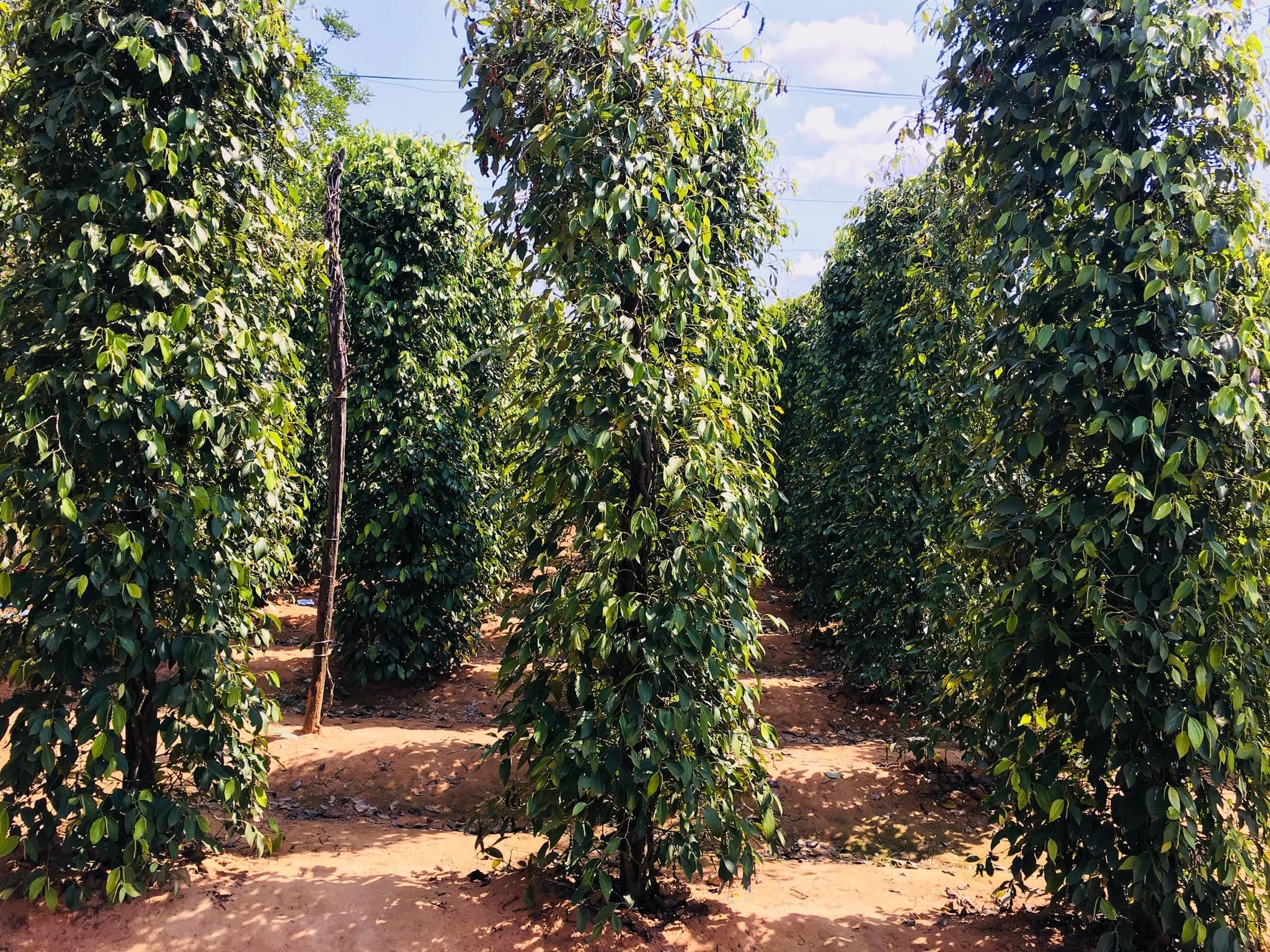(NLDO) - American scientists believe that methyl halide is what telescopes should target when hunting for life on Hycean planets.
According to a study just published in the scientific journal The Astrophysical Journal Letters, the potential sign of life that the James Webb Space Telescope should target when surveying Hycean planets is methyl halide.
Methyl halides are a group of compounds that also exist on Earth, produced by some bacteria and algae. So they could also be a potential sign of life on water-rich alien worlds .
That type of world is the Hycean, the "ocean planets".

A view of a Hycean ocean planet with vast seas and a red "sun" - Photo: Amanda Smith/Nikku Madhusudhan
Hycean, a portmanteau of the English words hydrogen and ocean, is a hypothetical planet with more water than Earth, with a super-ocean of liquid water hidden beneath a hydrogen-rich atmosphere.
Previous studies have shown that this type of planet could be quite common in the universe, orbiting red dwarf stars, potentially harboring life.
But the enormous distance between the solar system and other star systems, as well as natural interference, are major barriers to Earth's telescopes identifying biosignatures.
However, speaking to Space.com, astrobiologist Eddie Schwieterman from the University of California at Riverside (USA) pointed out that methyl halide is a sign that can overcome that barrier.
Research by Dr. Schwieterman and colleagues shows that these compounds are much easier to detect than oxygen.
Additionally, environmental conditions on an ocean planet would allow methyl halides to exist in much larger quantities than on Earth.
The James Webb Space Telescope, developed and operated by NASA, is named by the research team for its strength in observing infrared light.
Methyl halide would have strong absorption characteristics in infrared light, at the same wavelengths that James Webb was designed to observe. "These bacteria, if we find them, would be anaerobic," said Dr. Schwieterman.
“They would be adapted to a very different kind of environment, and we can't really imagine what that would look like, except to say that these gases are a logical output from their metabolism,” he continued.
Source: https://nld.com.vn/xac-dinh-dau-hieu-su-song-tiem-nang-o-hanh-tinh-dai-duong-196250324094751798.htm























![[Photo] An Phu intersection project connecting Ho Chi Minh City-Long Thanh-Dau Giay expressway behind schedule](https://vstatic.vietnam.vn/vietnam/resource/IMAGE/2025/8/21/1ad80e9dd8944150bb72e6c49ecc7e08)







































![[Photo] Politburo works with the Standing Committee of Hanoi Party Committee and Ho Chi Minh City Party Committee](https://vstatic.vietnam.vn/vietnam/resource/IMAGE/2025/8/21/4f3460337a6045e7847d50d38704355d)

































Comment (0)